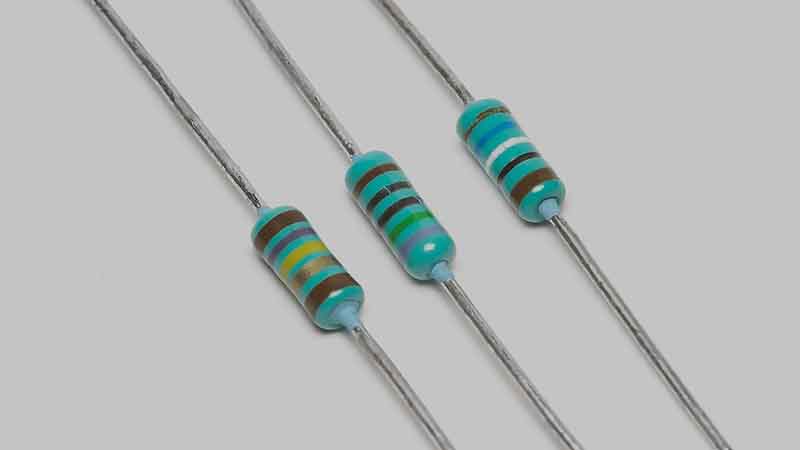Speaker crossovers are also referred to as passive crossovers. A speaker crossover can be described as an electrical circuit which filters the audio signal coming from the amplifier and splits it between a single output or multiple outputs. It does this by utilizing the power of capacitors and inductors. The outputs are determined by the frequency response coming from the speakers.
Working Principle
Speaker crossovers connect to the amplifier outputs with basic speaker cables. The signal from the amplifier is sent to the driver of the passive crossover speaker. Sometimes one speaker will have multiple drivers, including a tweeter and mid-range bass unit. This causes the signal to split between high frequencies and low frequencies in the electrical circuit we call a “crossover.”
A signal passes the crossover frequency before it is applied to the inductor or capacitor. Low-frequency signals experience more resistance from capacitors. The level of resistance experienced is called the impedance. Higher frequency signals, on the other hand, are able to push past the resistance of the capacitors. However, they experience more resistance from certain wire coils called inductors. This means that inductors can filter higher audio frequencies rather than lower audio frequencies.
High resistance of a signal helps lower speaker voltage. If a speaker has a high impedance rating, then it means it is more resistant to the signals. You’ll recognize the impedance rating by looking for the letters “Ohms” after a number. The average impedance rating for a home speaker is usually 8 ohms, while car speakers typically have 4 ohms.
If you try to use a 4 Ohm speaker crossover with an 8 Ohm speaker crossover, then the audio won’t sound right. Speaker crossovers are designed for certain impedances, so you must make sure the impedance matches the rating of the speaker crossover. Otherwise, the crossover frequency goes haywire.
Advantages of a Speaker Crossover
Speaker crossovers are very flexible compared to the electronic crossovers. Speaker crossovers make it easier to perform upgrades by working with various amplifiers and cables. You can mix them around and come up with a suitable upgrade with better quality sound. That is something you would never be able to do with an electronic crossover.
Another advantage of a speaker crossover is the price. Since it doesn’t have sophisticated electrical components, the speaker crossover is not as expensive as the electronic crossovers. And, of course, there is the benefit of not having to rely on an external power source to keep it running.
Disadvantages of a Speaker Crossover
Unfortunately, speaker crossovers do not come with a lot of the internal components they need to function fully. You’re required to purchase external components, such as the amplifier and woofer, to make it work properly. As a result, you’ll need a lot of free space to fit all of these devices and components. It’s even more difficult to connect the speakers and kit-rack together because the length of the cable is not very long.
Another big concern is with the chance of signal interference. Whenever a wire has to transfer a signal from one component to another, there is always be some level of interference with the signal. If you try to attach a longer cable, it’ll make the problem even worse. The outboard component signal paths and the crossovers themselves contribute to the interference problem too.
Read also:
- 6 Types of Speakers and their Functions
- Speaker Impedance 4 Ohms VS 8 Ohms: What is the Difference?
- Top 5 Best Wearable Bluetooth Neck Speakers
Conclusion
Overall, speaker crossovers are preferable because of their lower cost and the ability to perform upgrades on them. But if you’re just someone who wants a quick crossover solution without getting too technical with the wires and connections, then you should choose the electronic crossover speakers instead. It is all a matter of personal preference.




